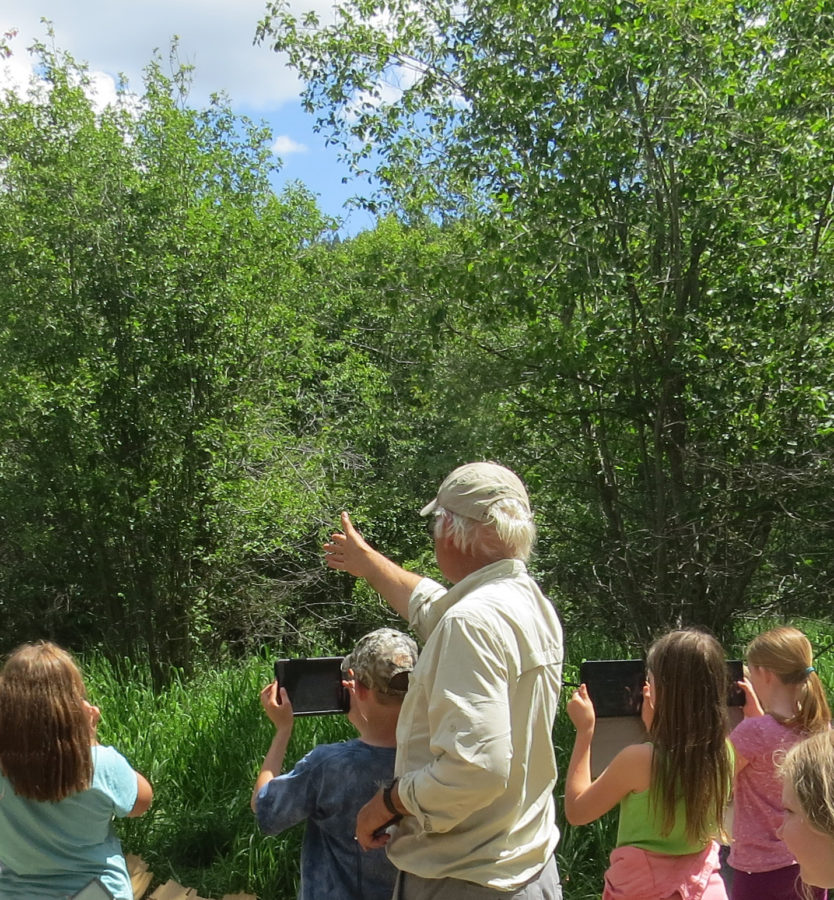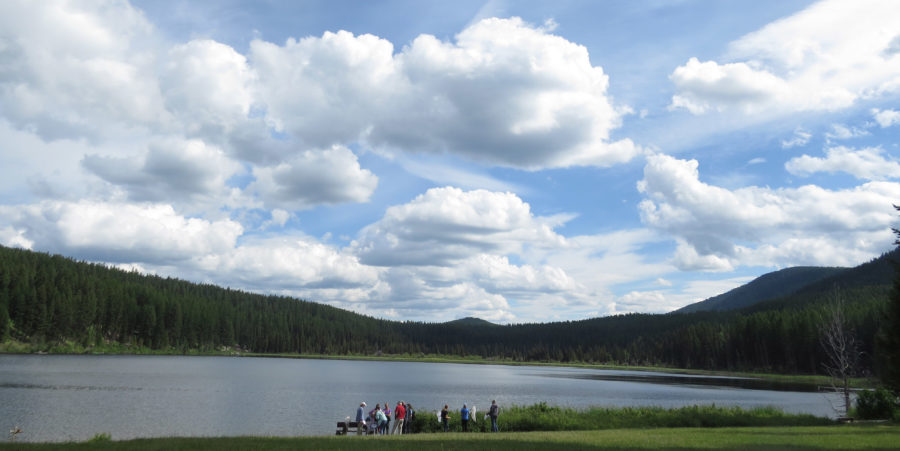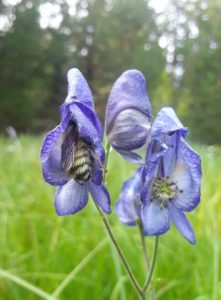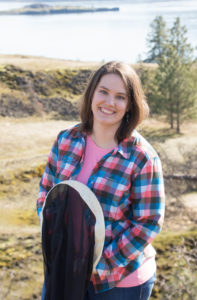Weekend Birding Challenge
OHA kicked off the summer’s of 2020’s Highland Wonders with a Weekend Birding Challenge! The official event took place on May 30-31 but if you want to participate, choose any consecutive two days that works for you! We will send you a bluebird box kit when you share your results.
There are two challenge options. Choose the one that fits you best, or do both! The challenge runs from Saturday, May 30 to Sunday, May 31. Send your results to jen@okanoganhighlands.org by Monday, June 1.
Challenge 1: Keep a list of the bird species that you see in your yard or wherever you may be. Take pictures if you can! Send your approximate sighting location, species list and pictures by Monday, June 1 to jen@okanoganhighlands.org. An anonymous donor is giving OHA $5 for the first 40 species identified! Let us know if you’d like to add to the pot!
Challenge 2: Build a bird’s nest out of materials that you find in nature and send a picture of your engineering feat to jen@okanoganhighlands.org. For inspiration, check this out: https://nestwatch.org/learn/focal-species/
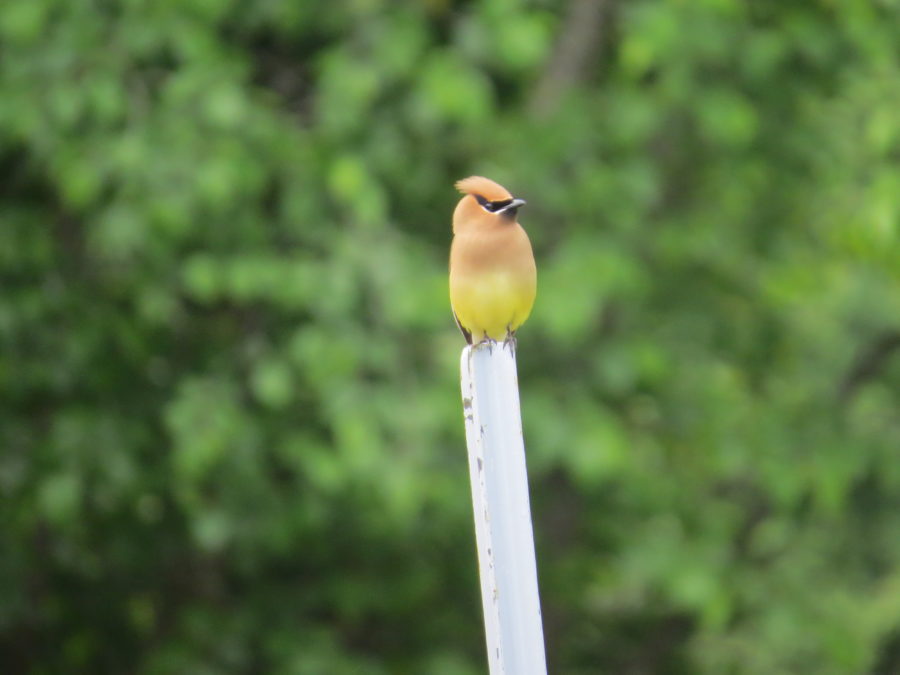
Attached below is our “Birding Care Package” with lots of fun resources for watching, listening to and caring for our local birds. Also attached is a tried-and-true bluebird box blueprint, from local bird box expert Dale Swedberg. In the near future we will be assembling bird box kits to distribute to interested community members, and we will also provide a “how to” video for assembly and care of the boxes. Let us know if we can put you on the list to receive a kit!
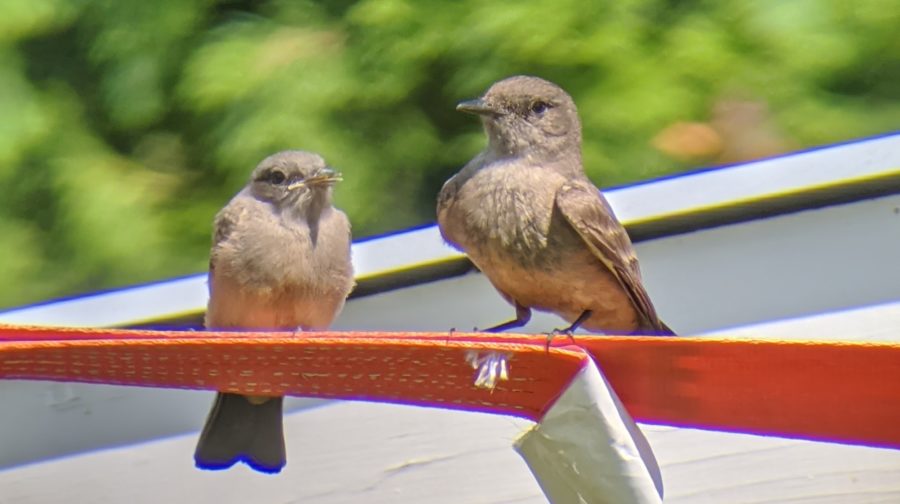
Thanks to all who participated this weekend! We had a total of 36 species reported, which means our donor is giving $180 to OHA. Great work!
| Weekend Birding Challenge Results |
| Cedar waxwing |
| Chipping sparrow |
| Vesper sparrow |
| House wren |
| Raven |
| American robin |
| Black-headed grosbeak |
| Red-naped sapsucker |
| Song sparrow |
| Violet-green swallow |
| wood-pewee |
| red-tailed hawk |
| Cassin’s finch |
| Willow flycatcher |
| Sora |
| Spotted towhee |
| European starling |
| Mountain chickadee |
| Turkey |
| Pine siskin |
| Swainson’s thrush |
| Poorwill |
| Wood pewee |
| Nighthawk |
| Common Loon |
| Raven |
| Bald Eagle |
| Osprey |
| Mallard |
| Wilson’s Snipe |
| Yellow Rumped Warbler |
| Tree Swallow |
| Flicker |
| Eastern Kingbird |
| Say’s Phoebe |
| California Quail |
| Eurasian Collared Dove |
